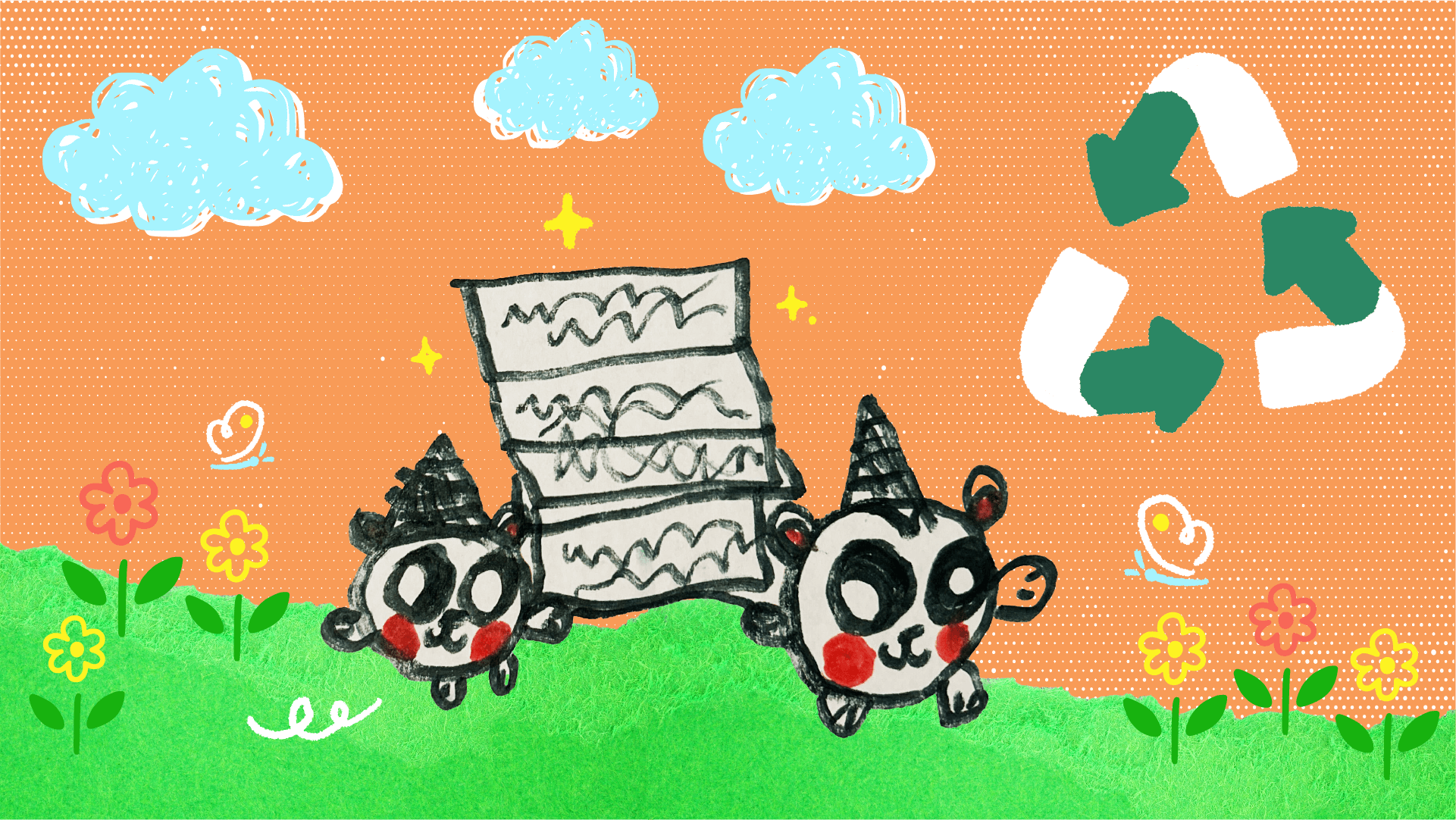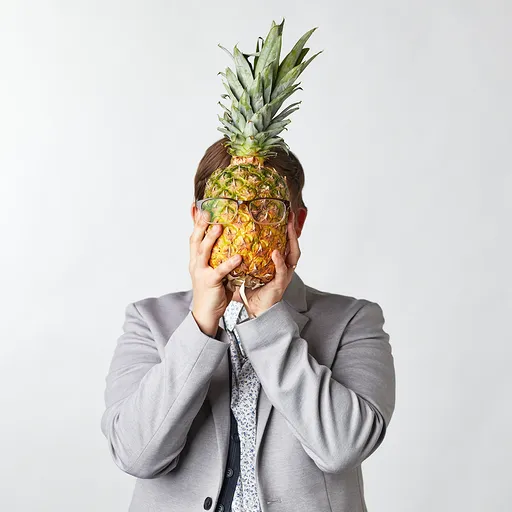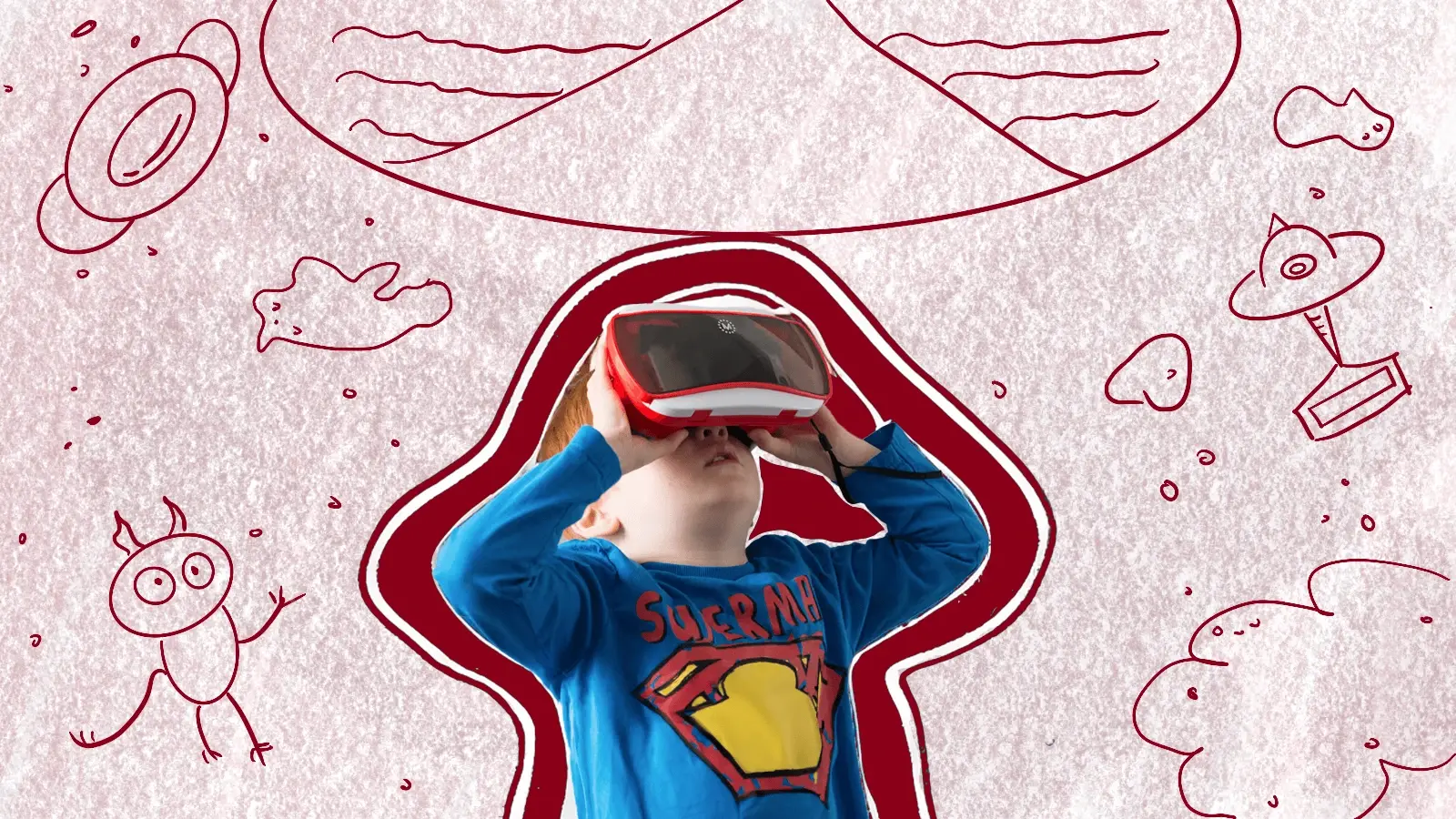Designing a sustainable future for toys

While the toy industry has thrived by delivering joy and play to kids worldwide, the scale of plastic production has led to real environmental challenges.
As designers who love toys and games, we set out to explore how we might reduce the environmental impact across the whole industry.
The toy industry’s environmental impact is the flip side of the joy of play. The $90 billion toy industry is a highly plastic-intensive sector, using 40 tons of plastic for every $1 million in revenue. It contributes significantly to the 11 million tons of plastic dumped into the world’s oceans each year, causing widespread damage to marine life and ecosystems.
If the toy industry can reduce its plastic usage by half, it would mean millions of tons less plastic entering the oceans, mitigating the harmful effects on marine life and helping to preserve ocean health. It would also be an opportunity for the industry to serve as a beacon, setting a new standard and demonstrating that significant reductions in plastic usage are achievable and impactful.

We’re looking to help create a transformative leap that propels our industry forward. That means we need to design better play experiences that are inherently more sustainable, joyful, and viable for kids, families, and the companies that manufacture them. “Consumers are asking for it, and toy companies are starting to feel the need to do something about it,” says Lynn Rosenblum, Professor of Toy Design at Otis College of Art & Design. “They are finally understanding that they must take urgent action.”
To take action of our own, we conducted an internal design project to understand how kids and parents feel about their toys, what would make more sustainable toys a viable option, and how we could not just make a non-plastic alternative, but something even better. We spent four weeks with parents and their kids, as well as industry experts who are working to address this design challenge. We also rapidly prototyped our ideas both digitally and physically, turning concepts into testable experiences the kids could play with. With their help, we surfaced insights that point the way to a better future for the toy industry—and the planet.
Sustainability alone won’t sell toys.
Most families do not view green toys with the same pride as they do STEM toys. (Not yet, at least.) To make sustainable toys more appealing, they will need to provide additional value, like affordability, enhanced educational benefits, or support for children's development. Jessica, a mother of a 5 year-old, told us that to her, the ideal definition of sustainability would be toys that last long enough for all of her kids to play with them, and when they’ve outgrown them, the chance to pass them on to another family. “When I think of sustainability I think of getting a lot of use more than the sustainability of the environment,” she says.
Plastic lasts longer than kids’ attention spans
Families often prioritize durability when they’re buying toys. But according to a study with 2,000 UK families, parents estimated that 15 percent of toys their kids receive for Christmas are neglected within days, 23 percent within a month, and 50 percent within six months. Children often tire of specific toys long before they wear out. So unless we can increase the amount of playtime with toys from the outset, they’re destined for a quick trip to the landfill.
Children love natural materials
As 10-year-old Jude was playing with some of our prototypes, he told us, “Plastic toys are a scam.” He preferred his wooden toy train tracks because “They won’t break.” Jude and many of the other kids we talked with were clear that they preferred the tactile and sensory experiences of natural materials, even if they aren’t consciously aware of their material preferences when they select toys. Often, the dominance of plastic in the marketplaces is less about kids' preferences—it's about the convenience and affordability that plastic provides.

Being resourceful is fun and sustainable—but you can’t unwrap it
Children love to make their own toys, repurposing Amazon boxes as backdrops or using face masks as doll dresses. They’re often happy just coming up with their own ways to play. But, as Jessica said to us, “The grandparents just want to see them open a present.” Extended families tend to prefer buying a new physical toy that can be wrapped and unboxed. The surprise and reveal are part of the appeal. At the same time, it's worth noting that there is a thriving, if informal, secondhand market in places like Facebook or Buy Nothing where parents and children are perfectly happy with pre-loved toys.
Nixing is easier than fixing
Most toys are designed to be disposable, fostering a culture where repair is uncommon. As Jessica told us, “In today’s culture, everything is just thrown away because it’s so cheaply made. It’s cheaper to buy a new one. If you are buying quality toys then it makes sense to invest to maintain, to take care of it, to repair it rather than throwing it away.” Unlike high-quality sustainable toys, many plastic toys lack durability and repairability, making them more likely to be discarded.
From insights to action
How, though, do these insights translate to opportunity areas for toy companies, and joyful and more sustainable toys for families? We created a set of quick concepts to help us learn quickly about how we can have an impact on the future of sustainable toy design. Here’s what some of of our prototypes look like, and the opportunities they helped us uncover.

Create non-plastic toys with superior functionality
There’s a big opportunity in designing trendy yet sustainable toys using alternative materials, and enhancing their appeal by incorporating vibrant colors, exciting designs, and interactive features. By emphasizing durability and engaging play experiences, we can make non-plastic toys the preferred choice for both children and families. Picture a unique collection of toys crafted from natural materials sourced from the very environments where kids love to play, like seaweed beach toys, or bamboo car tracks.

Design toys for circular play models
Another option? Creating systems to make existing toys function within a circular economy to minimize their footprint. Introduce easy-to-use, repairable, re-sellable, and shareable toys designed for longevity and multiple users, built on children's natural play behaviors like constructive and collaborative play. These systems should seamlessly integrate with parents' existing rituals and day-to-day activities, making sustainable play convenient and practical for families. Think new platforms that transform toy repair into a fun and educational experience, or a second-hand toy purchasing experience where kids and parents can discover gently used toys ready for new adventures.

Offer Play as a Service
Revolutionize play with toys designed for maximum imaginative impact and minimal environmental footprint. By embracing alternative business models beyond the traditional pay-for-product approach, we can unlock new ways for kids to engage in meaningful and sustainable play. Focusing on access rather than ownership to reduce new toy production, minimize waste, and extend play time or use technology to breathe new life into existing toys through AI-enabled or VR experiences.
Already, we’re building concepts and new toys based on these opportunities, and we’re excited to make them real. If you want to work together to build a more sustainable future for toys, get in touch.
This project was informed through conversations with numerous experts, and families all around the US. We're grateful to them for their contributions.
Words and art











Subscribe

.svg)









